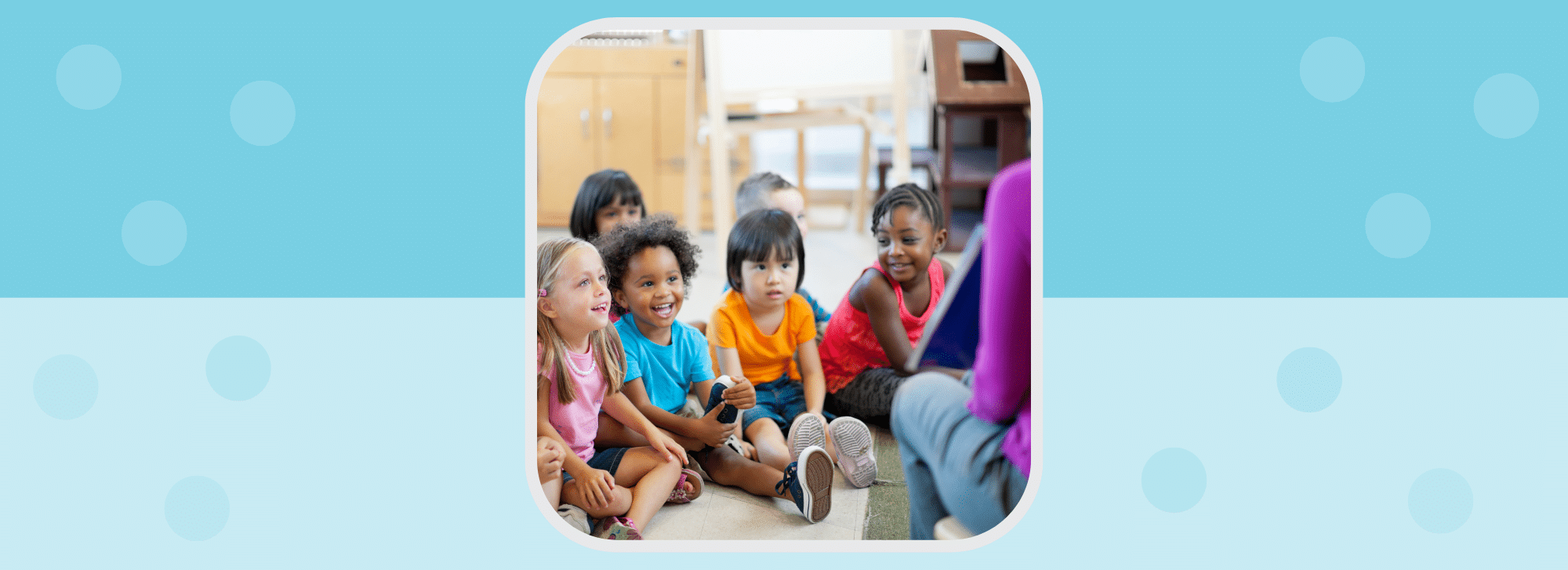Four Ways to Get Kids Excited About Reading Comprehension
Change your students’ perspective and you’ll easily increase the level of reading engagement in your classroom. It’s all about presenting reading comprehension in fun and fresh ways.

Here are four fun ways to get your students excited about improving their ability to comprehend:
1. Turn Reading into a Superpower

What if students thought of reading comprehension, not as a chore, but as a superpower?
What if students knew that doctors needed to read books to save lives? And they knew that books helped scientists dream up new inventions?
Reading has helped people figure out how to fly, see in the dark, and cure diseases.
But we should also let students know about the everyday superpowers that reading gives us – like how to read a bus schedule to get to school on time, or reading directions to learn how to play a new game. When we frame reading as the greatest superpower, we turn every day reading experiences into superhuman fun. And best of all reading power is a real power!
READ-ALOUD SUGGESTION:
Six Dots: A Story of Young Louis Braille by Jen Bryant
This inspiring story will teach readers that Louis Braille's reading of books and exploration of various systems laid the foundation for his groundbreaking invention. By combining his passion for learning with his desire to improve the lives of visually impaired individuals, he revolutionized education and communication for the blind.
2. Turn Reading into Detective Work

Learning to comprehend text is a lot like being a detective.
Much like a super sleuth, skilled readers make predictions, search for clues, draw inferences, and connect the dots to understand text. So, why not frame reading as detective work?
Start by setting a purpose for reading every time you open a book. Just as a good detective has a goal, a skilled reader should have a reason for reading.
Then decide which tools you’ll use to work your way through the text. A good detective has tools and looks for clues. Explain that readers uses comprehension strategies as tools to achieve their reading goals. When we read nonfiction, our goal is to determine important facts, so as skilled readers, we have to know how to determine importance. On the other hand, when we read a mystery, we have to know how to make meaningful predictions and spot clues to make inferences.
READ-ALOUD SUGGESTION:
Cam Jansen and the Mystery of the Stolen Diamonds by David A. Adler
Teach your students how to actively engage with the story by making predictions, visualizing, and identifying key details in the text to solve the mystery of the stolen diamonds. And, if you'd like to really hone your students' reading skills, try the paired book club resource set. It focuses on helping students ask thoughtful questions, find text evidence to support their answers, and how to use cludes to make and support inferences.
3. Use Reading Comprehension Strategies to Unlock the Secrets of All Subjects

Comprehension across all subject areas is a crucial aspect of the science of reading, which is why it's important to help students understand that reading will help them unlock the secrets of math, art, science, history, music, and more.
The research on the science of reading underscores the significance of explicitly teaching comprehension strategies to students. When these strategies are taught, students become more skilled readers, as they serve as building blocks of comprehension, allowing them to extract meaning from texts, understand complex ideas, and make connections that deepen their understanding.
Just as you can help your students apply the skills they learn in phonics instruction to decode their social studies text, you can do the same for comprehension. An easy way to incorporate comprehension instruction into key subject areas is to use nonfiction books paired to your area of study. So, for example, if you are studying rocks and minerals in science, you could use the comprehension strategy resources for National Geographics Kids: Rocks and Minerals to help your students better comprehend the text and deepen their knowledge on the subject.
READ-ALOUD SUGGESTION:
National Geographic Kids Planets by Elizabeth Carney
Explore our solar system with this high-interest, nonfiction text by Elizabeth Carney. Teach students how to comprehend the features of nonfiction text while practicing comprehension strategies to understand interesting facts about our solar system such as the difference between the inner and outer planets, why Earth is so perfect for hosting life, and the many ways humans use to explore space.
4. Show Students that Reading Is Their Passport to the World

Beyond its academic benefits, reading serves as a magical passport to embark on exciting adventures. A book can whisk readers away to far-off lands, introduce them to fascinating characters, and transport them through time and space. Even without physical travel, the world of books is an infinite universe waiting to be explored.
Excite your students by letting them know that each time they open a book, they embark on an extraordinary journey. Help them perceive reading as a gateway to meeting new people, exploring unfamiliar places, and delving into intriguing topics - reading can even take us out of this world!
READ-ALOUD SUGGESTION:
Where the Wild Things Are by Maurice Sendak
This classic tale takes readers on a wild and imaginative journey to a land of monsters, encouraging children to see reading as a portal to boundless imagination.


